Ethiopia is one-of-a-kind.
Officially known as the Federal Democratic Republic of Ethiopia, the country is located in the Horn of Africa. It is the only country to have 13 months a year, making it about 8 years behind the rest of the world (Yes, they are still in 2008!)
It is also one of the only two nations in the world never to have been occupied (the other country is Russia).
They measure time from when the sun rises, and there are 80 different languages spoken in the country.
As of today, the exchange rate is…
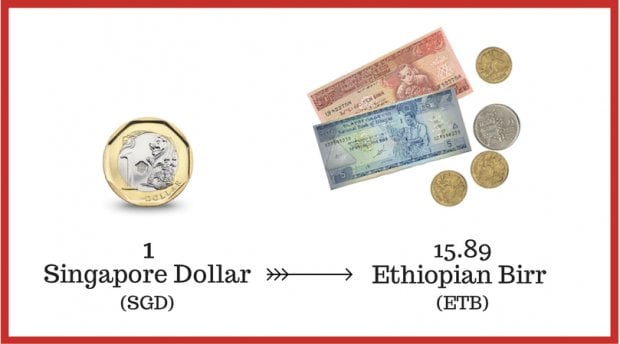
1. 500ML of domestic beer

Beer in Africa, particularly lager, is produced commercially in most African countries and also made by indigenous tribes. Try a pint of St. George Beer or Harar Beer. The former is named after the patron saint of Ethiopia, and has been brewed since 1925.
2. 1.5KG of potato
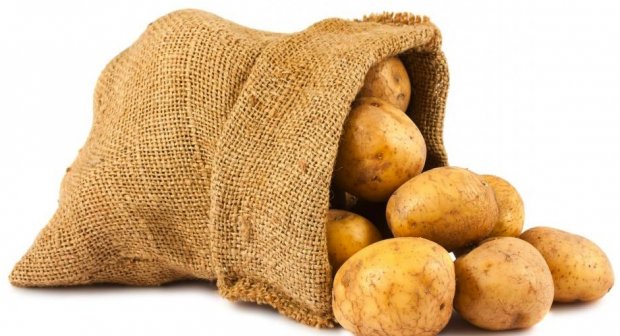
No surprise there, potatoes are cheap in most places.
But in Ethiopia, the humble potato is helping to transform the lives of thousands. Deessie Zuria, a city in Ethiopia, faces food insecurity.
90% of the population is dependent on rain-fed agriculture in the area, while drought is a perennial problem. The potato is now becoming the main crop in Dessie Zuria, and nutrition has improved tremendously for their farmers and their family.
3. Two cups of coffee
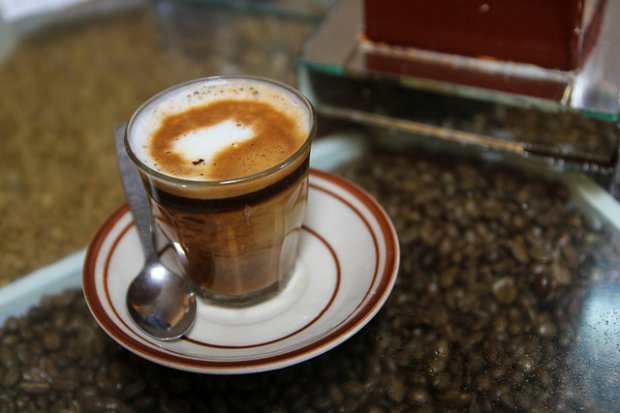
If you know your coffees, you probably know that Ethiopian coffee is one of the best in the world. If you don’t know which coffee house to choose from, visit Tomoco (TO.MO.CA) coffee. This small antique looking coffee house is the gold standard of Ethiopian coffee in Addis Ababa.
Everyone knows where it is.
Also read: Coffee Lovers, Get Your Fix the Right Way at These Places
4. 100g of coffee beans
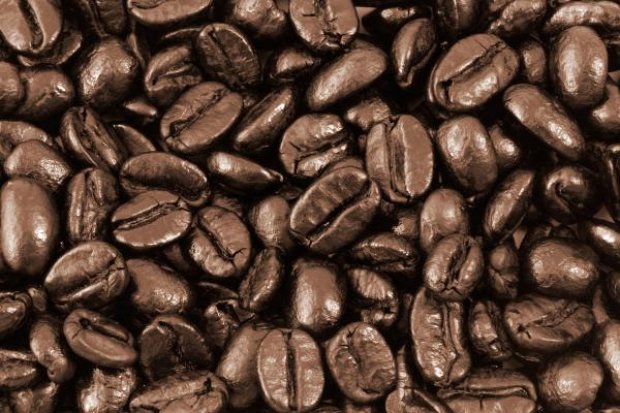
Bring some caffeine goodness home by purchasing some coffee beans. Conveniently purchase some Harar Coffee Beans from Tomoco, or head to the Merkato Market for more selection.
This place is the largest open-air market in Africa and is always flooded with tourists. Bargaining is expected!
5. Three bus rides
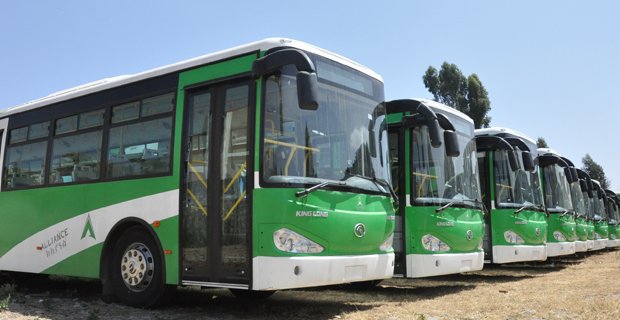
An average bus ride in Ethiopia will cost you around SGD0.30. Ethopia has a relatively good network of buses that connects to most towns. Unlike most African countries, it is illegal for passengers to sit in the aisles of long-distance buses, making your trip more comfortable and safer.
6. Eight natural Ethiopian toothbrush (Mefakia)
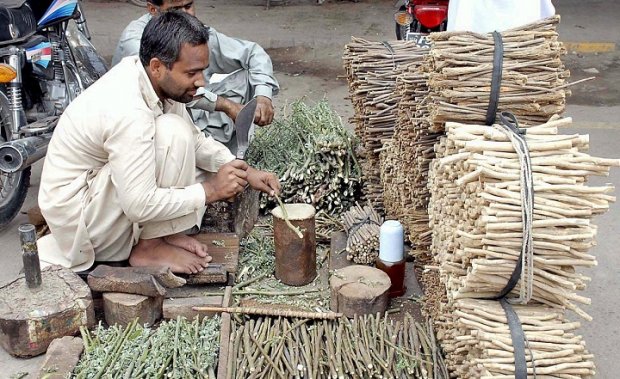
Mefakia is the Amharic word for the natural wooden Ethiopian toothbrush. This natural toothbrush is made from fibrous twigs, roots and stems of plants.
It comes with toothpaste, and is even available in different grades!
Mefakia is still the main tool for oral hygiene even in the city of Addis Ababa, and it is one of the main reasons behind the beaming and beautiful smiles of Ethiopians.
7. One second hand book
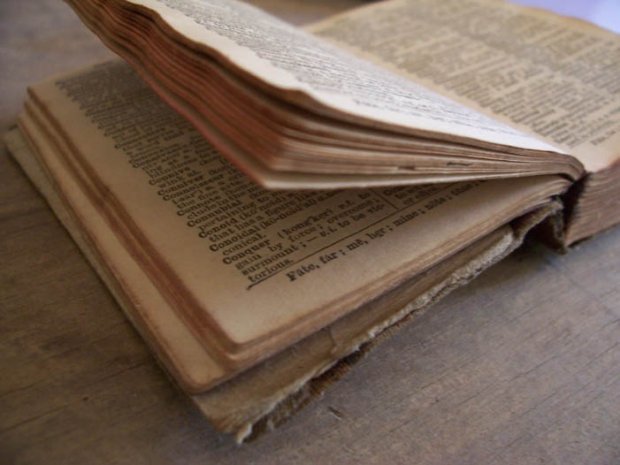
Get a second hand book from the Africans Bookshop.
While selection is limited, it is the best place to get unique and novel titles from the store, particularly those that are already out of print. If you are not quite of a fan of second-hand reads, try the Mega Book Shop for the most eclectic range of literature you’ll find.
8. Five postcards (You get to post them out directly too!)
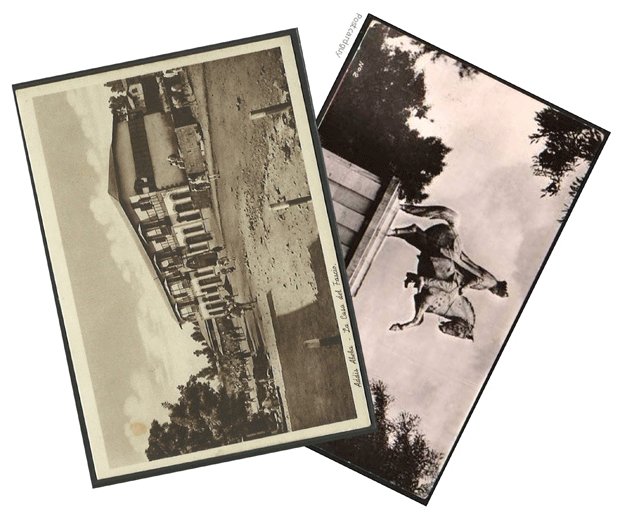
The Ethiopian Trading Enterprises is well known for their spread of fantastic and cheap postcards. It is government-owned shop (no tax!) and easily accessible.
Add to your purchase with some cheap posters and artworks from the place too!
9. A platter of Mahaberawi
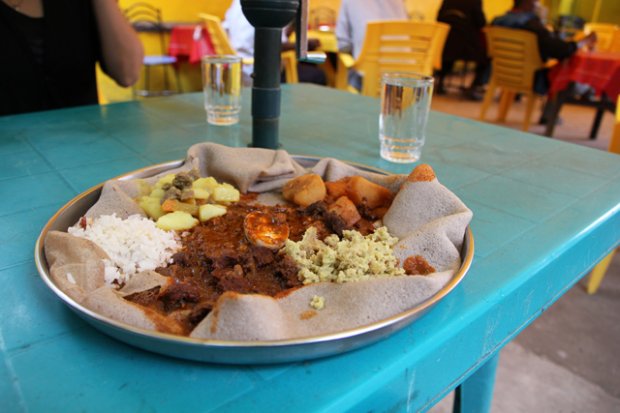
Restaurants are usually surrounded by a wall and a gate but take a peek inside each of them! Also, most restaurants serve Mahaberawi, a platter of various meat dishes, potatoes, and plain rice, all atop a blanket of injera.
The dish is so good, you won’t stop munching until you polish it off.
10. A ticket to the National Museum of Ethiopia
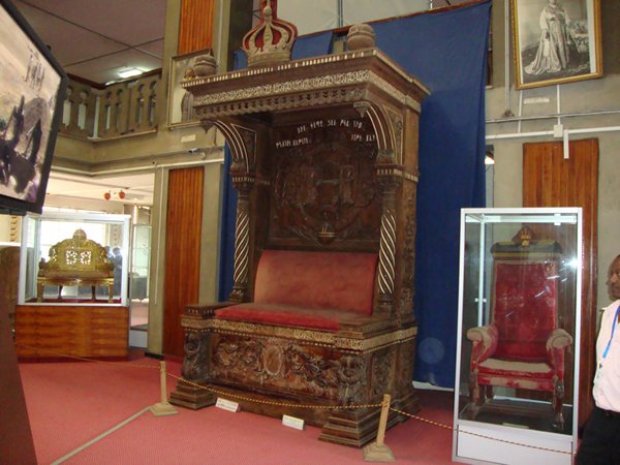
For ETB10 (approx. SGD0.65), head over to the National Museum of Ethiopia, voted as one of the best museums in Addis Ababa. The facility is home to many significant relics and art from around the country.
Enjoy an hour or two appreciating the variety of different art and displays, including statues from Axum, skeletal remains from early hominids as well as a collection of royal family memorabilia from the former emperors of Ethiopia.
11. Five stalks of Ethiopian roses
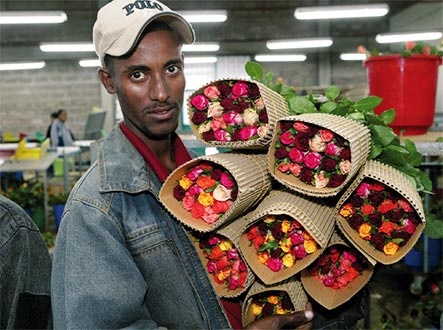
Roses have boomed in Ethiopia recently, however 90% of Ethiopia’s roses go to Holland for auction before being distributed to Europe and the rest of the world. Seifu Bedada, a general manager of a flower farm and company not far from Ethiopia’s capital of Addis Ababa says, “The high altitude of my country is what makes it perfect for the roses to grow in abundance.”
The high elevations of many regions near the capital are why Ethiopian roses have sturdier, thicker skin and can grow up to 6 feet tall. They also have a longer shelf life of 30 days which is amazing, compared to many other varieties.
12. Three shoe-shines by listros
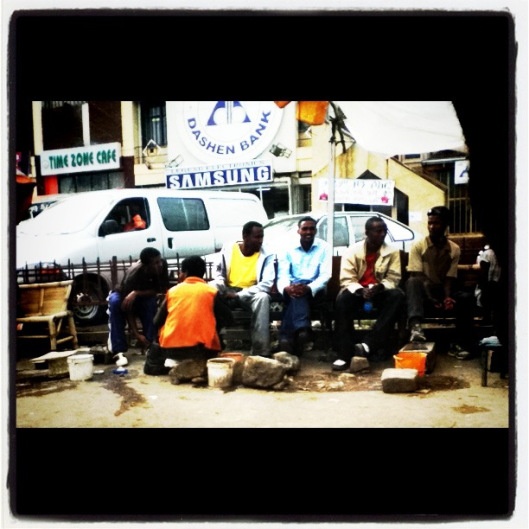
A sight that is as ubiquitous as Singapore’s comfort cabs are the thousands of listros or “shoe-shine boys” who roam the streets of Addis Ababa.
Walking around with distinctive wooden boxes that house their gear, the boxes double as stools for clients to rest their feet on. In some areas, some listros have gone as far as setting up strings of stools and using plastic sheets to create umbrellas to guard against the rain and sun.
Shoe polishing costs as cheap as ETB2 (approx. SGD0.13). Many boys are often there to earn an income for their family, choosing not to beg but to offer a service to customers, with much pride, so do take up their service should you travel to Ethiopia, even if you are only wearing sneakers!
Catch an interview with a boy who has been shining shoes for a year.
Experience Ethiopia for yourself!
- Since Dec 2013, Singaporeans travelling to Ethiopia can fly directly to Addis Ababa, the capital.
- There are 3 direct flights to Addis Ababa operated by Ethiopian Airlines.
- Total travelling time is about 13 hours, with an hour-long stopover in Bangkok.
Also read: What Can I Buy With SGD 1 In Morocco
Also read: What Can I Buy With SGD 1 In Turkey
Contributed by GoBeyond.SG.




